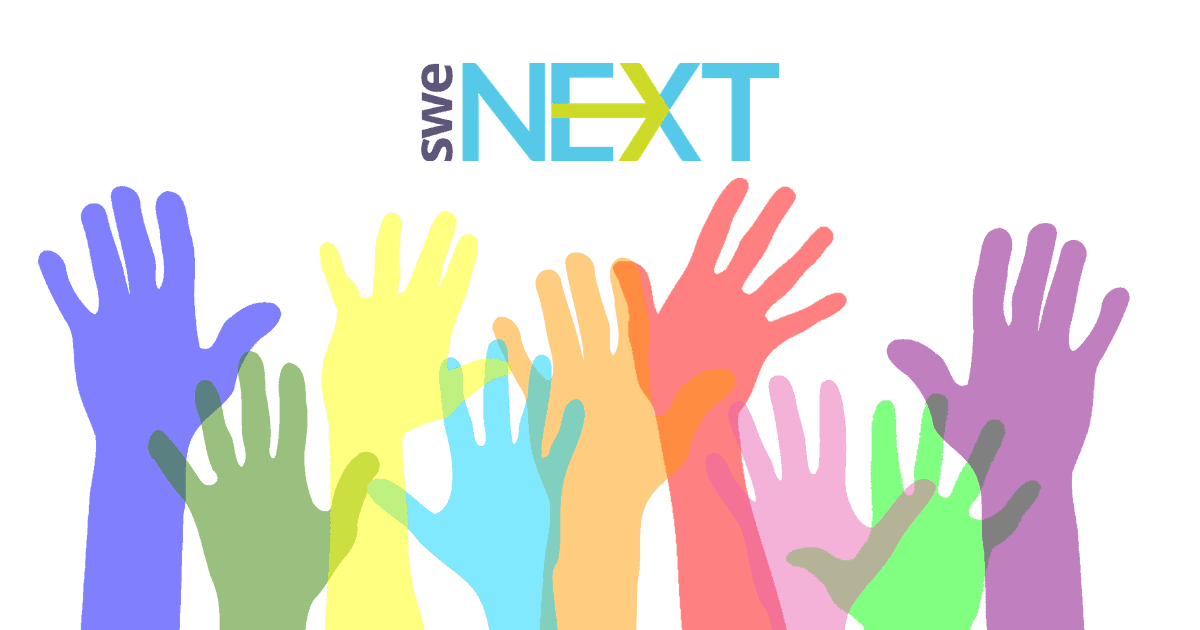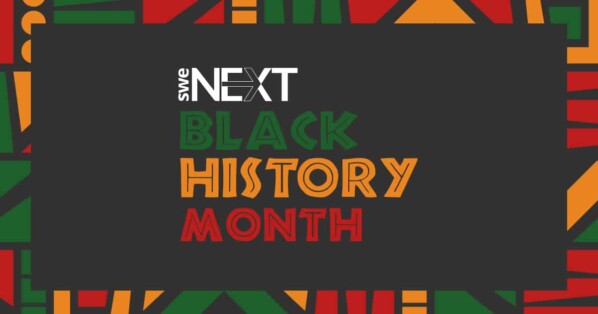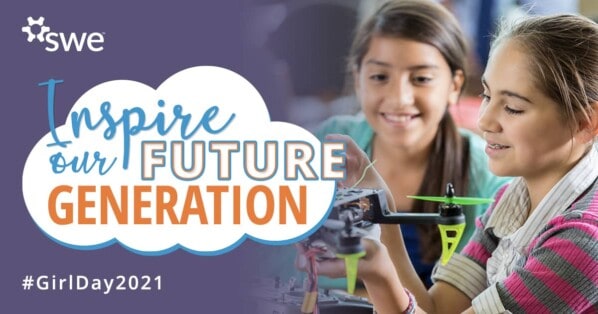We, as students, have always dreamt of having a job where we could feel connected to people or know we are helping them. So, we decided to reach out to some women engineers to see how they feel they are helping others in their careers! See what they had to say!
How does your job help people? Do you feel connected to the end-user?
Natalie White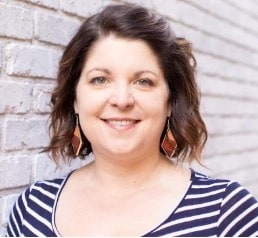
Texas Christian University (TCU), B.S. in Computer Science, B.S. in Mathematics
Enterprise Solutions Architect, Amazon Web Services
Connecting software development to helping people is a wide gap that’s more difficult to bridge than more physical engineering disciplines. Whether your end-user is another member of your team via an internal application or tool, or one of millions of end-users of a global application, the physical needs that are met by digital services can be seen everywhere. My favorite example is an Alexa-enabled microwave. One of the 1-star reviews on its amazon.com listing is something to the effect of “Why is this even necessary, if you can physically put food in the microwave you can use the keypad, you don’t need an AI personal assistant to do it for you.” One of the 5-star reviews describes how it has revolutionized her husband’s life, he’s blind and can prepare food by touch but can’t use a traditional digital microwave key pad because he has no idea what button he’s pressing. Something that most people feel is a luxury “first world problem” convenience device can make a huge difference in providing autonomy and independence for someone else. The same dichotomy applies to grocery delivery. It’s a modern convenience for some, but for those who are disabled, home-bound, or are single parents of small children, it can relieve a huge burden of having to physically go to a store to get the basic groceries and home items we need on a daily basis. Making sure we have more diverse people with the right skills to create more diverse solutions – and come up with more diverse problems to solve – is a big part of SWE’s mission!
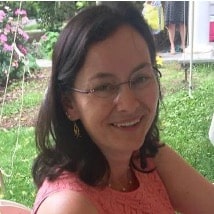 Agnes Wozniak
Agnes Wozniak
University of Maryland, M.S. in Airworthiness and Certification Engineer
Lead Engineer, The Boeing Co
I work on the Chinook tandem rotor helicopter which is flown by the US Army, National Guards, and many military organizations throughout the world. My job is to make sure that the helicopters we deliver to our customers meet all of their requirements and are safe to fly. I am only one of a very large team of engineers, from the designers to the manufacturing engineers, but, even after so many years, I still get a chill and a sense of pride when I hear how one of our helicopters was used in a mountain-top rescue mission here in the US, a humanitarian mission abroad, or fight fires in California. I hear about it in the news but also through my connections in these organizations. Those reports never get old!
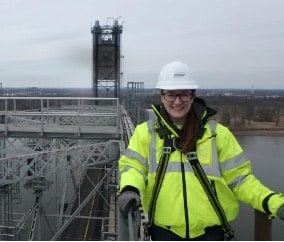 Danielle Schroeder, EIT, ENV SP, CBSI
Danielle Schroeder, EIT, ENV SP, CBSI
Drexel University, B.S. and M.S. in Civil Engineering
Associate Bridge Engineer, Pennoni
My job as a civil engineer helps communities through problem solving. As a bridge engineer, I help people by maintaining and creating ways to get people where they need to go. The U.S. has 600,000 bridges, and over 30% are 50 years or older so I also help people through extending the life of several existing bridges through my bridge reconstruction and inspection work. The projects I work on make bridges safe for millions of people to cross over. While I may not know each and every end-user of each bridge, it gives me great satisfaction to be able to positively impact a large group of people through my work! Generally speaking, any career in STEM is awesome because we build and create the world through our jobs.
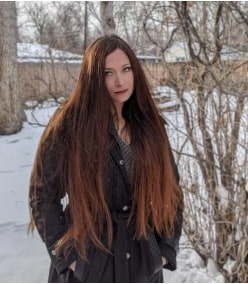 Ariel Hacker
Ariel Hacker
University of Colorado, B.S in Civil Engineering
District Engineer, Woodmoor Water
I work for a water and sanitation district. We help people, in both residential and commercial settings, by providing them clean and safe drinking water, as well as treating their waste water. Citizens require water to drink, cook, shower, wash, flush away their waste, among other uses. Doctors require water for keeping their tools and equipment sanitized, and it is essential that they have access to clean water, as they treat patients who may have compromised immune systems. Restaurants use water to cook and clean utensils. I am sure you can come up with a multitude of other uses, but those are a few off the top of my head.
If we did not have clean water during this pandemic, things would be very different right now. My job is to ensure the infrastructure that gets water from the treatment facilities to the customers is safe, clean, and in good working condition. A part of my job is to make sure new infrastructure is installed properly and to find ways to make our system more efficient.
I feel connected to the customers in our water and sanitation district, not only because of the conversations I have with some of them individually, whether it be during construction or at a board meeting, but also because I care very deeply that our customers, and truly all people, are able to have access to clean water. There is so much more to it, such as keeping the waterways clean, finding sources of renewable water supplies, restoration of existing systems, providing education to those who seek it, economic impacts, local and national laws and regulations… I find all of it interesting and meaningful, and am grateful to be a part of this complex industry.
Related content:
- SWEet Wisdom: How Important is Adaptability in STEM?
- SWEet Wisdom: Importance of More Women In STEM
- SWEet Wisdom: How Can a Student Mentor Other Women In STEM?
- SWEet Wisdom: How do Mentors Make a Difference?
- SWEet Wisdom: What Influenced You Towards Engineering?
Author
-
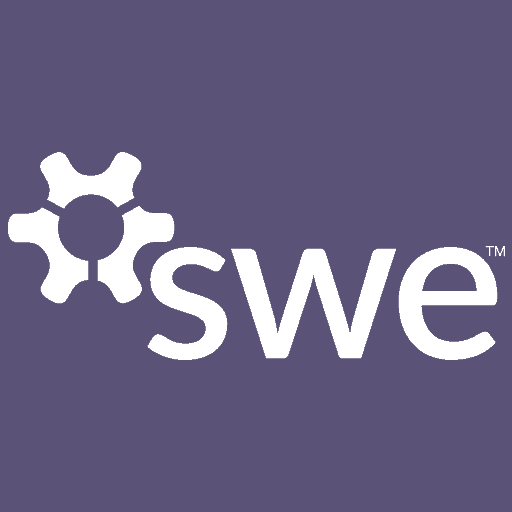
SWE Blog provides up-to-date information and news about the Society and how our members are making a difference every day. You’ll find stories about SWE members, engineering, technology, and other STEM-related topics.

